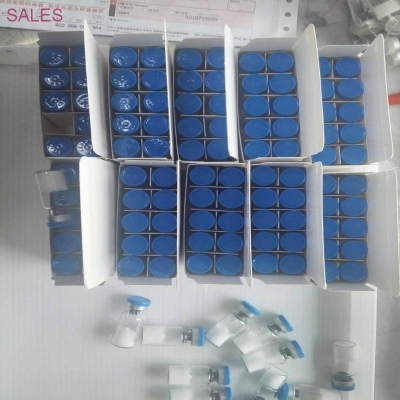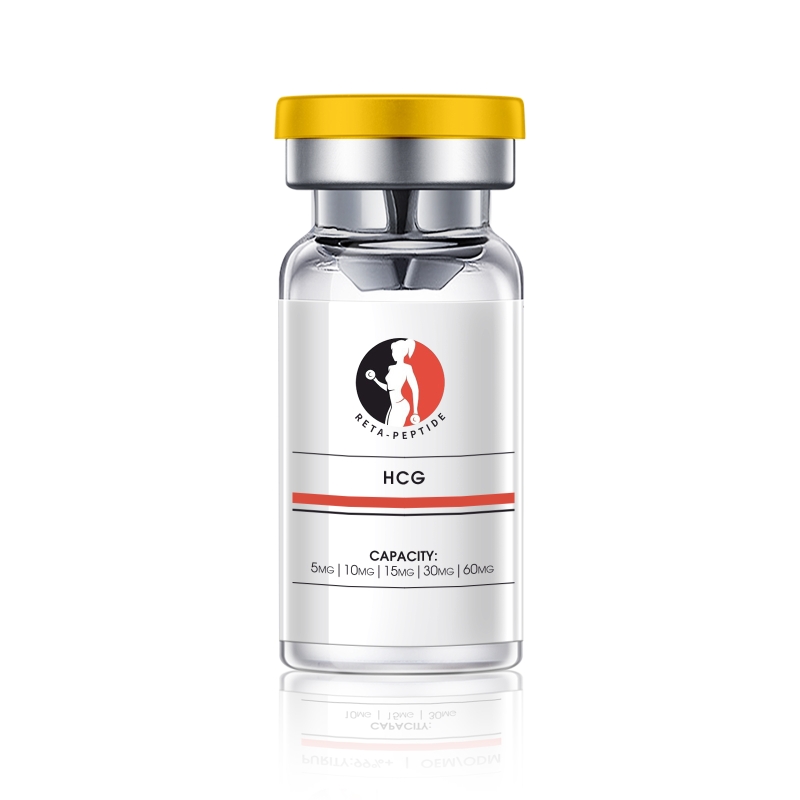-
Categories
-
Pharmaceutical Intermediates
-
Active Pharmaceutical Ingredients
-
Food Additives
- Industrial Coatings
- Agrochemicals
- Dyes and Pigments
- Surfactant
- Flavors and Fragrances
- Chemical Reagents
- Catalyst and Auxiliary
- Natural Products
- Inorganic Chemistry
-
Organic Chemistry
-
Biochemical Engineering
- Analytical Chemistry
-
Cosmetic Ingredient
- Water Treatment Chemical
-
Pharmaceutical Intermediates
Promotion
ECHEMI Mall
Wholesale
Weekly Price
Exhibition
News
-
Trade Service
Do you know how to convert centrifugal force to rotational speed? Centrifugal force is a virtual force, it is not real, its function is only so that in a rotating frame of reference (non-inertial frame of reference), Newton's laws of motion can still be applied
.
There is no centrifugal force in an inertial reference frame, and an inertial force must be present in a non-inertial reference frame (such as a rotating reference frame), otherwise Newton's laws of motion cannot be applied
.
Let's take a look at how the centrifugal force and rotational speed are converted
.
In the centrifuge, the centrifuge relies on centrifugal force to achieve sample separation, and the centrifugal force is generated by the high-speed rotation of the centrifuge
.
A centrifuge is a machine for separating components in a liquid-liquid or solid-liquid mixture
.
There are two centrifugal methods, one is centrifugal filtration and the other is centrifugal sedimentation
.
Centrifugal filtration is to allow the supernatant to form centrifugal pressure under the effect of centrifugal force, react on the filter medium, and make the liquid become filtrate with the help of the filter medium
.
The solid particles will be left behind, and the solid particles will be intercepted on the surface of the filter medium
.
So as to complete the solid-liquid separation
.
Centrifugal precipitation is a method in which components with different densities of suspension (or emulsion) are rapidly precipitated in a centrifugal force field to achieve solid-liquid or liquid-liquid separation
.
There is a close relationship between centrifuges and centrifugal force.
Generally, the greater the centrifugal force of a centrifuge, the better the separation effect and the finer the separated substances
.
Generally, the smaller the density of the material, the greater the centrifugal force required for separation
.
The conversion formula between centrifugal force and rotational speed (centrifugal force represents G, rotational speed represents RPM) The conversion formula between centrifugal force G and rotational speed RPM is as follows: G=1.
11×10^(-5)×R×(rpm)^2This Among them, G is the centrifugal force, which is usually expressed in multiples of g (acceleration of gravity)
.
10^(-5) is the negative fifth power of 10, (rpm)^2 is the square of the rotation speed, R is the radius, and the unit is centimeters
.
If the centrifugal radius is 10 cm and the rotational speed is 8000RPM, then its centrifugal force is: G=1.
11*10(-5)*10*(8000)2=7104, that is, the centrifugal force is 7104g.
The above is about the conversion between centrifugal force and rotational speed.
I believe that everyone has a corresponding understanding of this after reading it, and I hope it will be helpful to everyone
.
.
There is no centrifugal force in an inertial reference frame, and an inertial force must be present in a non-inertial reference frame (such as a rotating reference frame), otherwise Newton's laws of motion cannot be applied
.
Let's take a look at how the centrifugal force and rotational speed are converted
.
In the centrifuge, the centrifuge relies on centrifugal force to achieve sample separation, and the centrifugal force is generated by the high-speed rotation of the centrifuge
.
A centrifuge is a machine for separating components in a liquid-liquid or solid-liquid mixture
.
There are two centrifugal methods, one is centrifugal filtration and the other is centrifugal sedimentation
.
Centrifugal filtration is to allow the supernatant to form centrifugal pressure under the effect of centrifugal force, react on the filter medium, and make the liquid become filtrate with the help of the filter medium
.
The solid particles will be left behind, and the solid particles will be intercepted on the surface of the filter medium
.
So as to complete the solid-liquid separation
.
Centrifugal precipitation is a method in which components with different densities of suspension (or emulsion) are rapidly precipitated in a centrifugal force field to achieve solid-liquid or liquid-liquid separation
.
There is a close relationship between centrifuges and centrifugal force.
Generally, the greater the centrifugal force of a centrifuge, the better the separation effect and the finer the separated substances
.
Generally, the smaller the density of the material, the greater the centrifugal force required for separation
.
The conversion formula between centrifugal force and rotational speed (centrifugal force represents G, rotational speed represents RPM) The conversion formula between centrifugal force G and rotational speed RPM is as follows: G=1.
11×10^(-5)×R×(rpm)^2This Among them, G is the centrifugal force, which is usually expressed in multiples of g (acceleration of gravity)
.
10^(-5) is the negative fifth power of 10, (rpm)^2 is the square of the rotation speed, R is the radius, and the unit is centimeters
.
If the centrifugal radius is 10 cm and the rotational speed is 8000RPM, then its centrifugal force is: G=1.
11*10(-5)*10*(8000)2=7104, that is, the centrifugal force is 7104g.
The above is about the conversion between centrifugal force and rotational speed.
I believe that everyone has a corresponding understanding of this after reading it, and I hope it will be helpful to everyone
.







